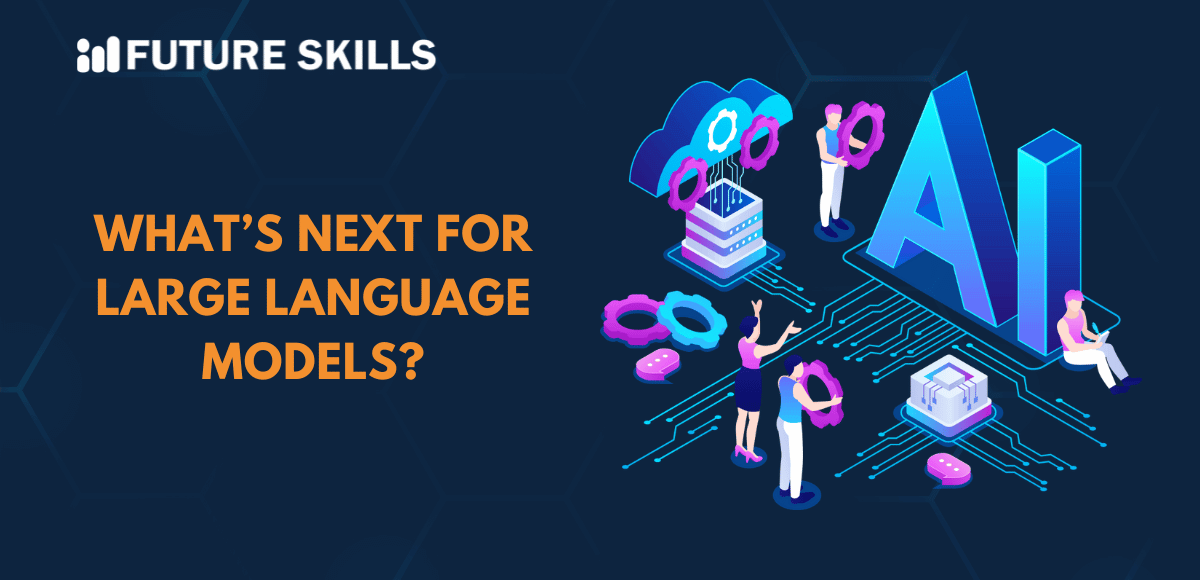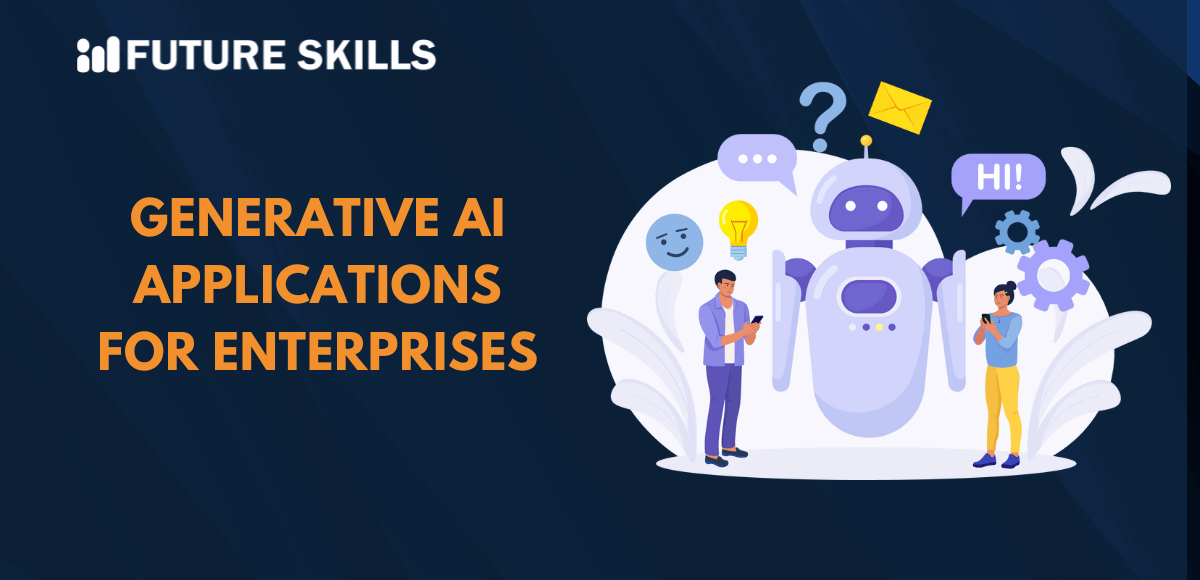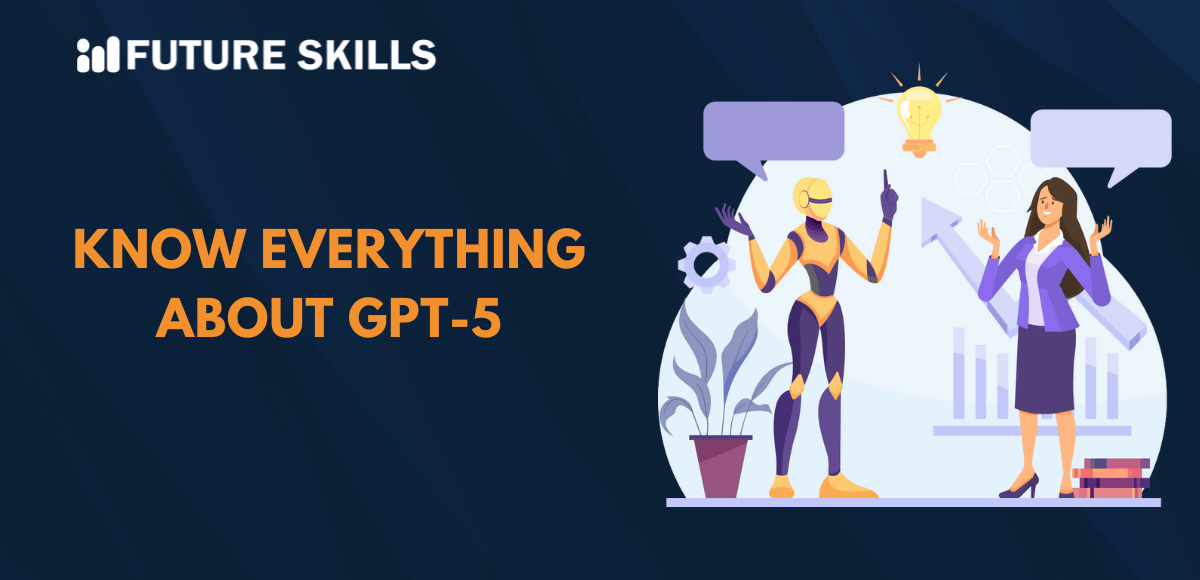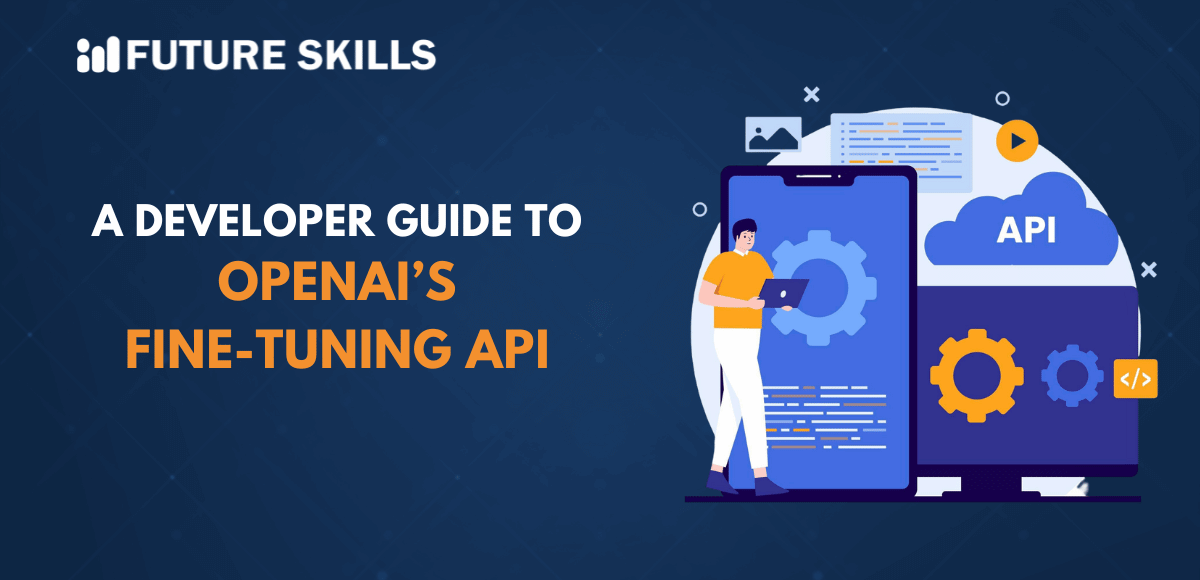Large Language Models are transforming the landscape of AI at a rapid pace. They are defining how machines understand as well as generate text just like human beings. LLMs are, in fact, at the forefront of technological innovation. They are not just powering conversational AI but also assisting in complex operations like data analysis.
One may start to think – ‘What does the future of large language models (LLMs) hold?’ It is a key question that one must answer as LLMs are evolving to become more efficient and versatile.
Land exciting job roles by mastering ChatGPT skills with our most popular ChatGPT Certification Course. Enroll today and become a ChatGPT expert in no time.
An Overview of Large Language Models
Large Language Models refer to a class of artificial intelligence systems that are designed to understand and produce human-like language. They are built on novel neural networks. These models are trained on huge datasets that allow them to predict texts and answer questions. It is true that ChatGPT is among the most popular LLMs at present. The emergence of ChatGPT has revolutionized human and technology interaction.
The rise of LLMs is regarded as a major milestone in Artificial Intelligence development. They combine natural language processing and deep learning along with large-scale computing. Such models excel at identifying patterns and context within text, allowing them to generate coherent and contextually accurate responses that can generally emulate human reasoning.
Current State of Large Language Models
Transformer architecture is responsible for the rapid development of Large Language Models today. It is basically a deep learning breakthrough that enables Artificial Intelligence to comprehend the association between words in a sentence in an effective manner. Models such as GPT–4 are possible today thanks to such an innovation. GPT–4 is capable of producing long-term, coherent text. It can even write code, analyze sentiment, and even reason in a logical manner within specific limits.
The future of large language models (LLMs) is full of new possibilities. In the prevailing times, LLMs training involves billions of parameters and terabytes of data. Some of the chief capabilities of modern Large Language Models include:
- Generate high-quality content across diverse topics.
- Translating different languages efficiently while adapting tone.
- Solving mathematical problems.
- Summarizing documents and generating codes.
- Providing customer service as well as writing assistance.
Unlock new opportunities in your career with the power of Generative AI and LLM expertise — elevate your skills with the Mastering Generative AI with LLMs Course.
Key Features of Modern LLMs
In order to get an insight into the future of LLMs, you need to familiarize yourself with the features of modern LLMs. The insight can certainly help you to address the question – ‘What’s the future of LLMs?’ The chief features of modern LLMs include:
Contextual Understanding
Modern Large Language Models are capable of interpreting user prompts with nuanced and deep language comprehension. This is because they do not just process keywords. They are capable of understanding the intent and context. This allows them to produce responses that feel human as well as relevant.
Multi-tasking and Adaptability
Modern LLMs can perform a host of language-based tasks and operations. They can easily summarize texts and generate new ideas. In addition to these functions, LLMs can even write code and translate languages. Based on the current capabilities of LLMs, the future of large language models (LLMs) is certainly full of promise.
Fine-tuning
Traditional AL models were static in nature. However, one cannot say the same about contemporary LLMs. It is possible to fine-tune modern Large Language Models so that they can be used for specific domains. This feature has undoubtedly increased the popularity of LLMs in areas such as healthcare and finance. The fine-tuning feature may further redefine the future of large language models (LLMs).
Multimodal Capabilities
The recent advances that have taken place in the landscape of AI have expanded the multimodal capabilities of LLMs. In recent times, Large Language Models are capable of processing not only texts but also images. They can even process video as well as audio inputs. Such a shift towards multimodality is undoubtedly shaping the future of LLMs in AI.
API and SaaS Access
Another prominent feature of modern LLMs is related to their integration capability. You can easily access LLMs through APIS and SaaS platforms. So instead of having a restricted presence in research labs or large companies, modern LLMs are available for developers and small businesses.
Level up your ChatGPT skills and kickstart your journey towards superhuman capabilities with Free ChatGPT and AI Fundamental Course.
Top Trends Related to Large Language Models
The future of LLMs seems to be full of promise. If you wish to find an answer to – What’s the future of LLMs? You need to acquaint yourself with some of the latest LLM trends.
Smaller and Efficient Models
Previously, LLMs placed emphasis on scaling up. However, one of the top LLM trends is related to the emergence of smaller and efficient LLM models. In the future, techniques such as quantization or model compression may help to create smaller models that can achieve high performance.
Custom LLMs
Another major LLM trend is related to the development of domain-specific and custom large language models. Organizations are most likely to show interest in building specialized LLMs that are fine-tuned to suit specific industries. Such tailored models may deliver higher accuracy to users.
AI Agents and Autonomous Systems
When talking about LLM trends, one cannot ignore its future in AI agents and autonomous systems. The future of LLMs certainly includes integration with autonomous agents that are capable of making decisions and performing tasks. Such agents undoubtedly represent a key step towards goal-oriented AI systems.
Embark on a transformative journey into AI, unlocking career-boosting superpowers through our Certified AI Professional (CAIP)™ Certification program.
Application of LLMs beyond ChatGPT
LLMs are used for diverse purposes and not just in ChatGPT today. Although ChatGPT is one of the most popular examples of Large Language Models, these advanced AI systems are being used for far more than just conversational chatbots. LLMs at present power a broad range of applications across industries, thereby demonstrating their versatility and transformative potential.
In business, LLMs are automating customer service and other repetitive tasks like drafting emails. In the education realm, LLMs are serving as a catalyst and enabling personalized learning. They are even simplifying complex topics for students while improving their learning experience. In the healthcare realm, LLMs are assisting medical professionals by helping to summarize patient data and draft clinical notes. They are also aiding in analyzing medical research for faster decision-making.
Final Words
It is essential to remember that the future of large language models goes far beyond their conversational capabilities, as witnessed in ChatGPT. As the Artificial Intelligence technology is continuously evolving, LLMs are becoming more powerful and versatile in nature. They have been driving innovation across different industries.
The features of modern LLMs have been identified as they can give an insight into the future of LLMs. LLMs have already emerged as a revolutionary force that is capable of a wide range of tasks. In the future, their capabilities may further multiply, which may transform the AI landscape.






